PUBLIC BUS – THE MOST AFFORDABLE PUBLIC TRANSIT IN VIETNAM
ABROADER June 02, 2022 10 minute read

There are many options for public transportation in Vietnam, especially in big cities. And with the construction of the SkyTrain in Hanoi, the public transport system in the country was again expanded greatly. However, the most affordable means of transportation here remains to be buses with a variety of types to meet your needs. Consider having a ride in your plans? Let’s learn from this quick guide!
Overview
Public bus refers to a system of subsidized and non-subsidized buses operated by public and private enterprises, with over 100 routes running across many areas throughout Vietnam, especially in big cities like Hanoi or HCMC. The system itself is divided into many kinds of bus for a variety of transportation purposes, for example: big-sized urban bus, small-sized urban bus, minibus, airport bus, provincial bus, etc. Lately, the more eco-friendly CNG bus (in Hanoi) and the electric VinBus (in Hanoi and HCMC) have also gone into operation and much diversified the public bus map of the country.

(Source: Hanoibus – Xe buyt Ha Noi, vietnamplus.vn, vingroup.net)
Note: In some other countries, short-distance public bus and long-distance passenger bus are altogether called “bus”. But in Vietnam, they are different. Here, the former is the only one called “xe buyt” (bus), while the latter is called “xe khach” (passenger bus).

(Source: Hanoibus – Xe buyt Ha Noi, vov.vn)
Operating hours and ticket fees
Most of the buses start running from 05:00 and end their day at 21:00, with 5 – 10 minute intervals between the two buses.
The ticket fees for each ride depends on the route distance, starting from VND 5,000 (US$ 0.21) and goes up to VND 9,000 (US$ 0.39) – for subsidized buses, no matter how many stops you pass. With non-subsidized buses, the fee will range from VND 15,000 (US$ 0.65) – VND 40,000 (US$ 1.72) depending on how far you go. You must buy the ticket right after boarding and in cash.

Another more economical choice is the monthly pass, ranging from VND 100,000 (US$ 4.31 – one route pass) – VND 200,000 (US$ 8.62 – all route pass). The price will be halved for students and workers, and fully reduced for the elderly or disabled people.
The monthly pass can be bought at monthly ticket counters scattered around the cities, especially near universities and bus interchanges.

In Hanoi, each month will be represented by a stamp, while in HCMC, you buy a stack of 30 tickets for each month.

For more details on the price, you can visit this page on our website to get the currency converter and to have a look at the living costs in Vietnam.
Bus stops, platforms and interchanges
Public bus stops in Vietnam are divided into three main types, respectively in size: normal stops, platforms and interchanges. Normal stops only have a pole and a sign with route information, whereas platforms have a pole and a roofed waiting area, and interchanges are the mix of many stops and platforms.

(Source: laodong.vn, hanoimoi.com.vn, kinhtedothi.vn)
Let’s have a closer look at the pole and sign at a normal bus stop. The sign is painted blue and has information on its two sides. On one side, you can find the most basic information of each route: the route number, the starting point, and the ending point. And on the blue side is the more detailed information about main stops, which helps you navigate where the bus is going to pass.

Also, each bus route has two directions: one away, and one return, normally with the starting point and ending point exchanged. This exchange is written on the pole as well, helping you differentiate which way to go, especially with the loop routes where the starting point and ending point are the same.
Important bus details
The exterior
A typical public bus in Vietnam differentiates from other passenger buses by the LED signs, together with the design unique to each city.
The bus stops on the right side of the road (except for BRT buses in Hanoi), so its two doors are also on the right, with one at the front for getting on, and one at the back for getting off.
At the front, at the back and on the sides of the bus, you can find the vehicle registration plates/numbers as well. Remembering these numbers will help you if you lost something on the bus.
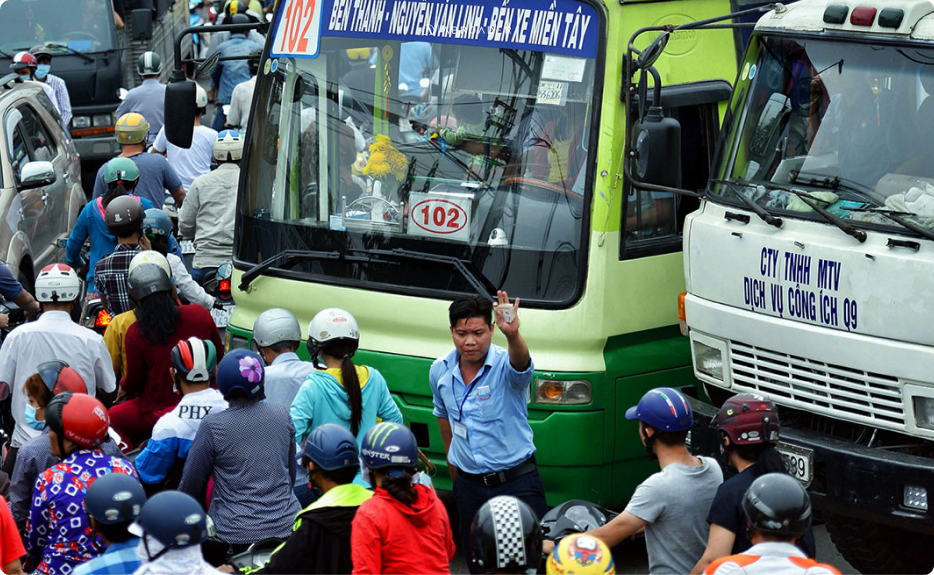
The interior
Right opposite the boarding door is the driver’s seat, and above that, you can also find the vehicle registration numbers. Behind the driver’s seat is a bus regulation sign with hotline numbers for you when you have questions or lost something. And, right around the door, you can see another sign also with hotline numbers on it. These are the numbers of the police to report any robberies or criminal cases you encounter on the bus.
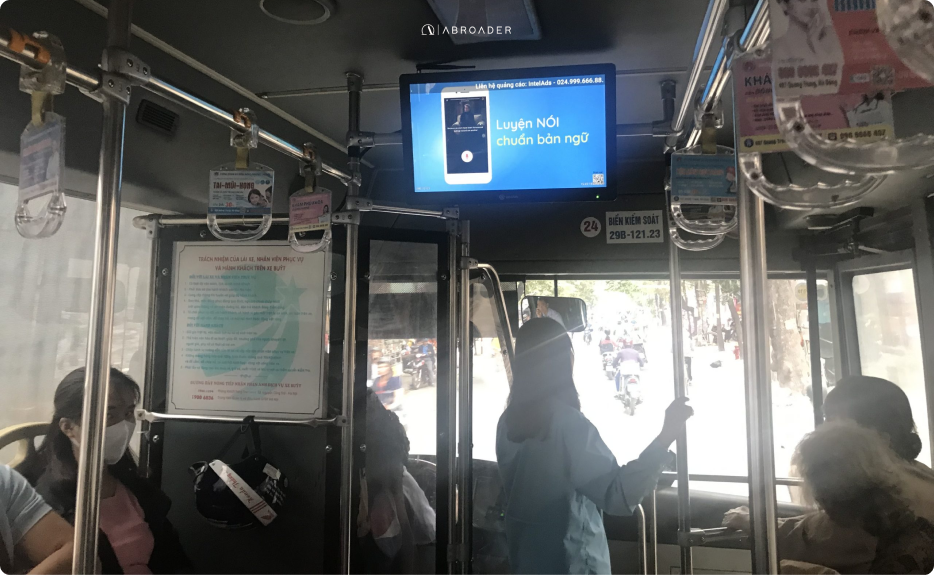
Further inside are chairs for people who sit and holders for people who stand. Chairs closer to the floor are called priority seats, marked with a green sign next to it, and saved for the elderly, disabled, pregnant women and small children. Normally, you can sit on these chairs without any problems. Just remember to give the seat to the person when he/she needs it.

Around the disembarking door, there is a rectangular sign with terminals and almost all main stops written on it. Not many people notice this, but you can use it to track and navigate your ride together with Google map, and without the need to constantly ask surrounding people.

“Tìm Buýt” – the app for tracking buses
Before boarding
We recommend you to search the route before boarding to avoid going the wrong way as much as possible, since it will cost you a lot of money and time. And one way to do that – beside Google Maps – is using the app “Tìm Buýt” (bus finding).
“Tìm Buýt” is the mobile app made by Transerco, the largest stakeholder of the Hanoi public bus system. The main purpose of the app is to track the in-coming buses and search the route with the help of GPS. The only drawback is that it can’t track buses from private enterprises, like the CNG buses or buses from VinBus due to the different policies of these enterprises.
The app is available on Google Play Store and Apple App Store. It has a simple interface with two main languages: Vietnamese and English, however the route names are still in Vietnamese, so if you already have the Vietnamese keyboard and master it, congratulations!
Below is how to download the app (on Android devices), and search the route or track the buses using it. You can also download the app from the official website here.
Getting on and off the bus
Now that you have the app on your phone and understand how to use it, let’s put the knowledge into practice.
Boarding
First of all, you need to go to the very bus stop you’ve just searched in the app. Remember to have a look at the sign at the bus stop to ensure that you’ve taken the right stop and right direction.
While waiting for the bus to come, you can prepare the money for ticket fee in advance, and move your backpack or handbag to the front for safety reasons. And for the same reason, your phone should also be kept in your bag, not your pants pockets.
When you see the bus approaching, check if it’s the same bus appearing on the app, and step out to the road-side so that the driver can see you and you can get on right after it stops. The bus will stop there for a maximum of 1 minute, and you often hop on by the front door. Jostling might happen, so make sure to grab the holder at the door to keep you safe, and mind your belongings to avoid snatch theft.
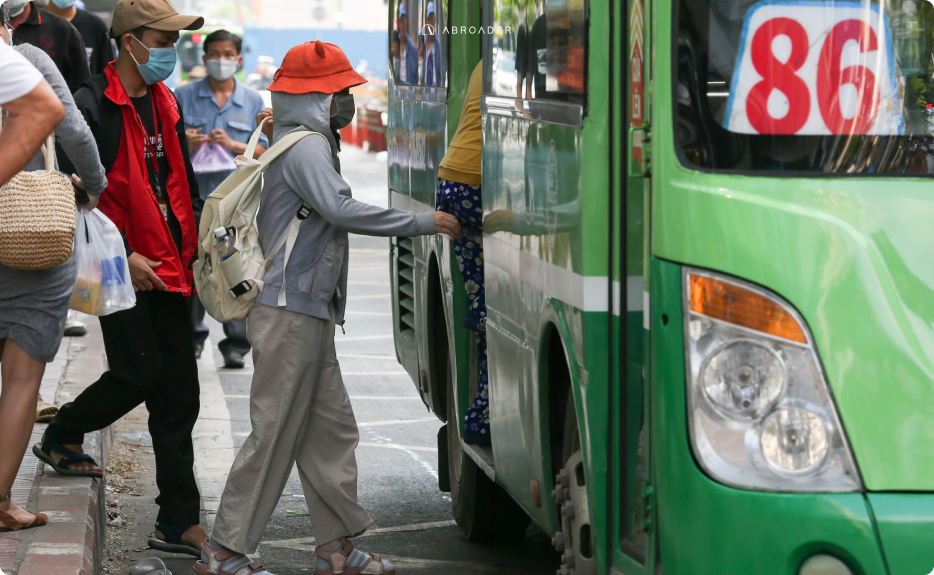
Inside the bus
Right after boarding, have a look at the vehicle registration numbers at the head of the bus if you can, and then find somewhere to stand/sit. If you stand, we recommend you stand parallel to the side windows and hold the holder firmly so that it’s safer when the driver slams the brake.
After that, the server will ask for your ticket/monthly pass. If you buy a ticket, remember to give him/her the small changes (like VND 1,000; 2,000; 5,000 and maximum VND 50,000), because bigger ones can cause him/her trouble finding money to pay you back. If you use the monthly pass, just show the side with the stamps and you are good to go.
Inside the bus, you can now enjoy the atmosphere of the city, or search for the sign with stops on it. The bus also has a speaker system announcing the next stop in Vietnamese. But sometimes it’s turned off, so it’s best if you continue to use the app to track your ride. But if you have problems getting things right, don’t hesitate to ask the server. They will tell you where to go and where to stop. You can also use Google Translate or ask some other people on the bus who speak English for better communication.

Disembarking
Right before the bus reaches your stop, you should check and bring all of your belongings with you. Then, go to the disembarking door in advance because delays can be bothersome to the driver and other passengers. If the bus is too crowded, you can also ask the driver and get off by the front door. When getting off, you should pay attention to your surroundings and jostling, as well as be fast.
Trying the bus in Hanoi and Ho Chi Minh City is a great experience of the local public transport. It’s also a unique way to immerse yourself in the local culture. If you require any further information or help regarding public buses in Hanoi, don’t hesitate to contact us. We will be there to answer your questions!
Want to have the chance to discover Hanoi? Have a look at our in-person internship programs right here:







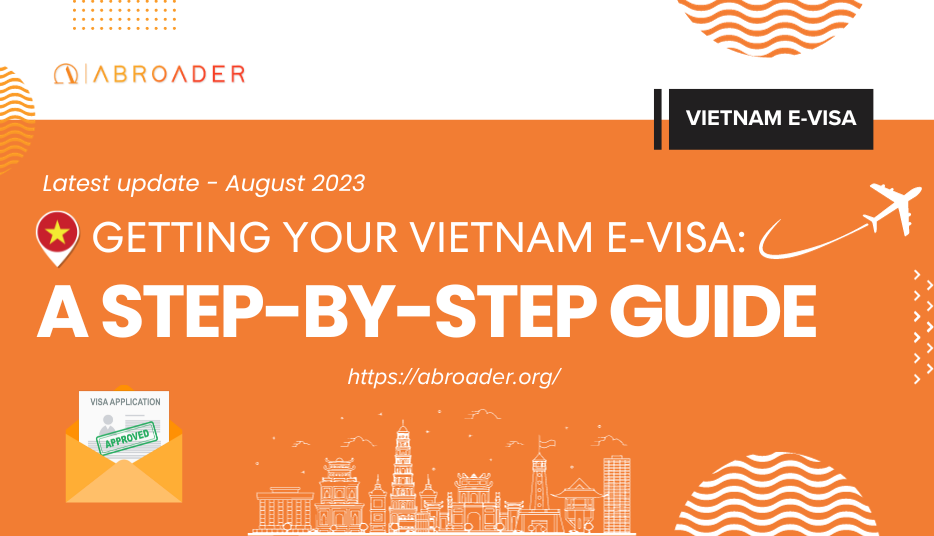
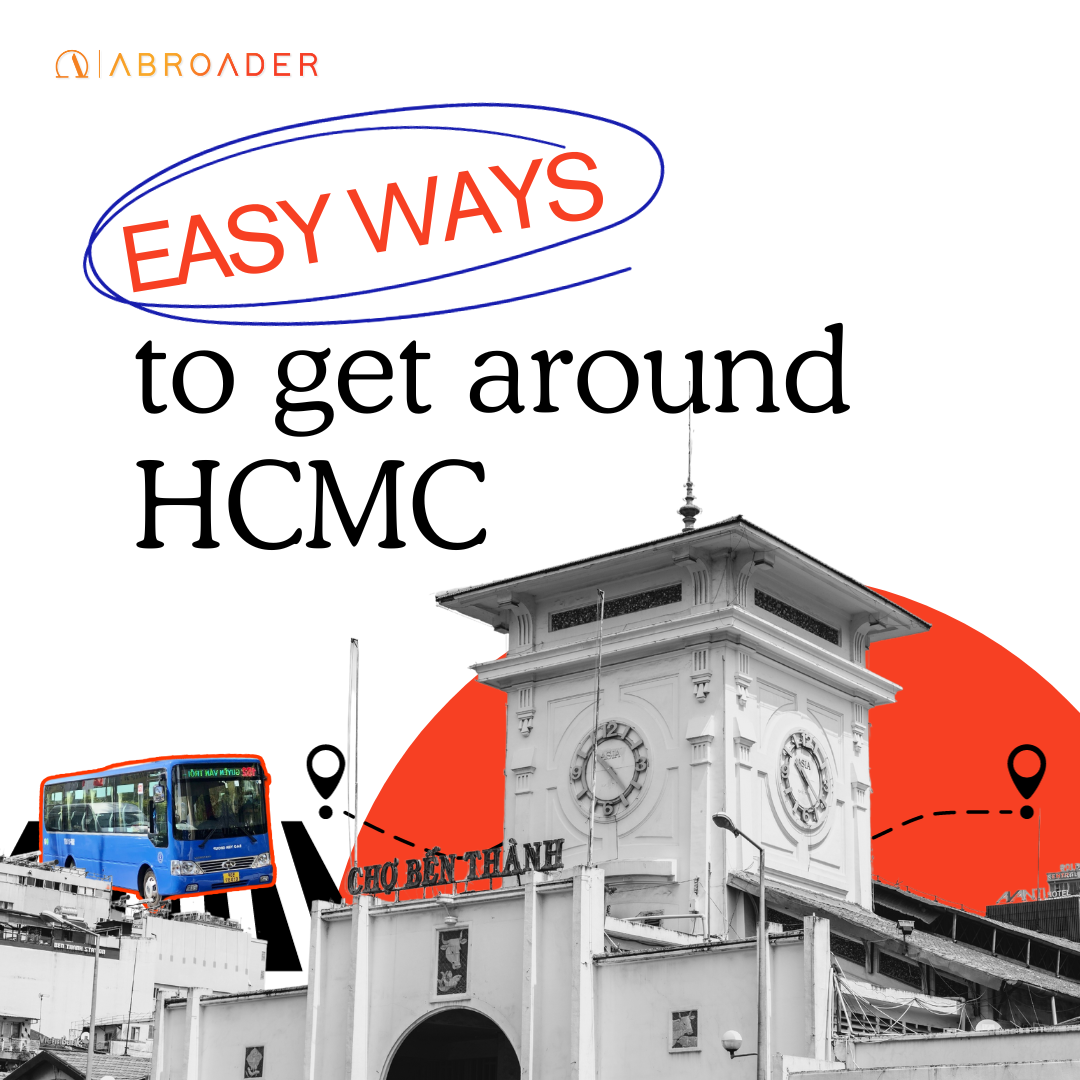
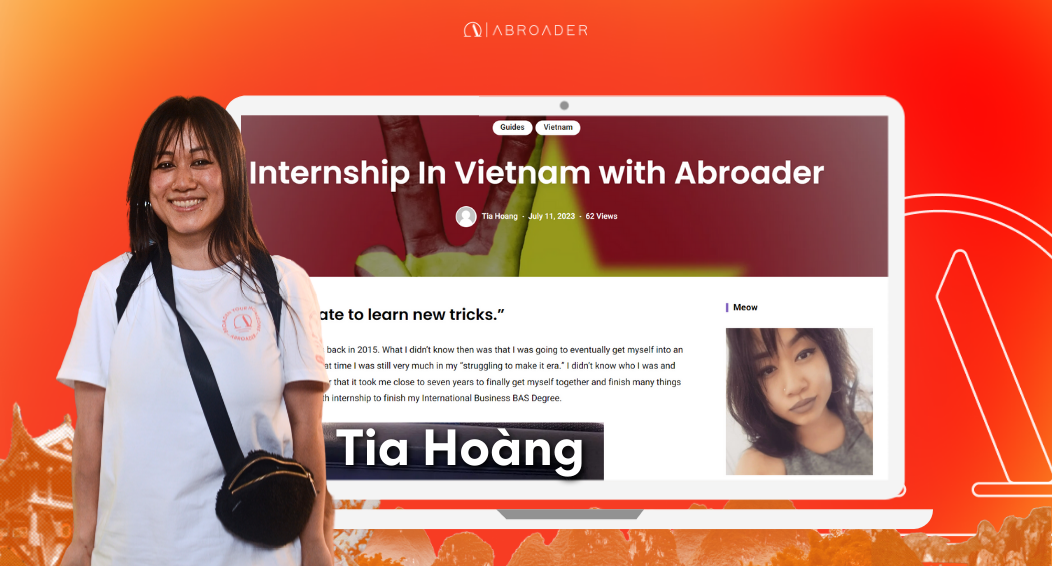
Are there public buses in HaiPhong and if so, does the Tim Buyt app work there?
Yes, there are public buses in Hai Phong, unfortunately, the Tim Buyt app does not work there